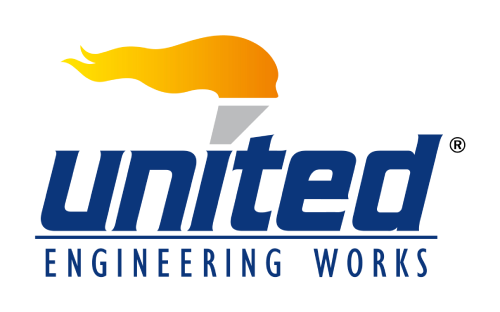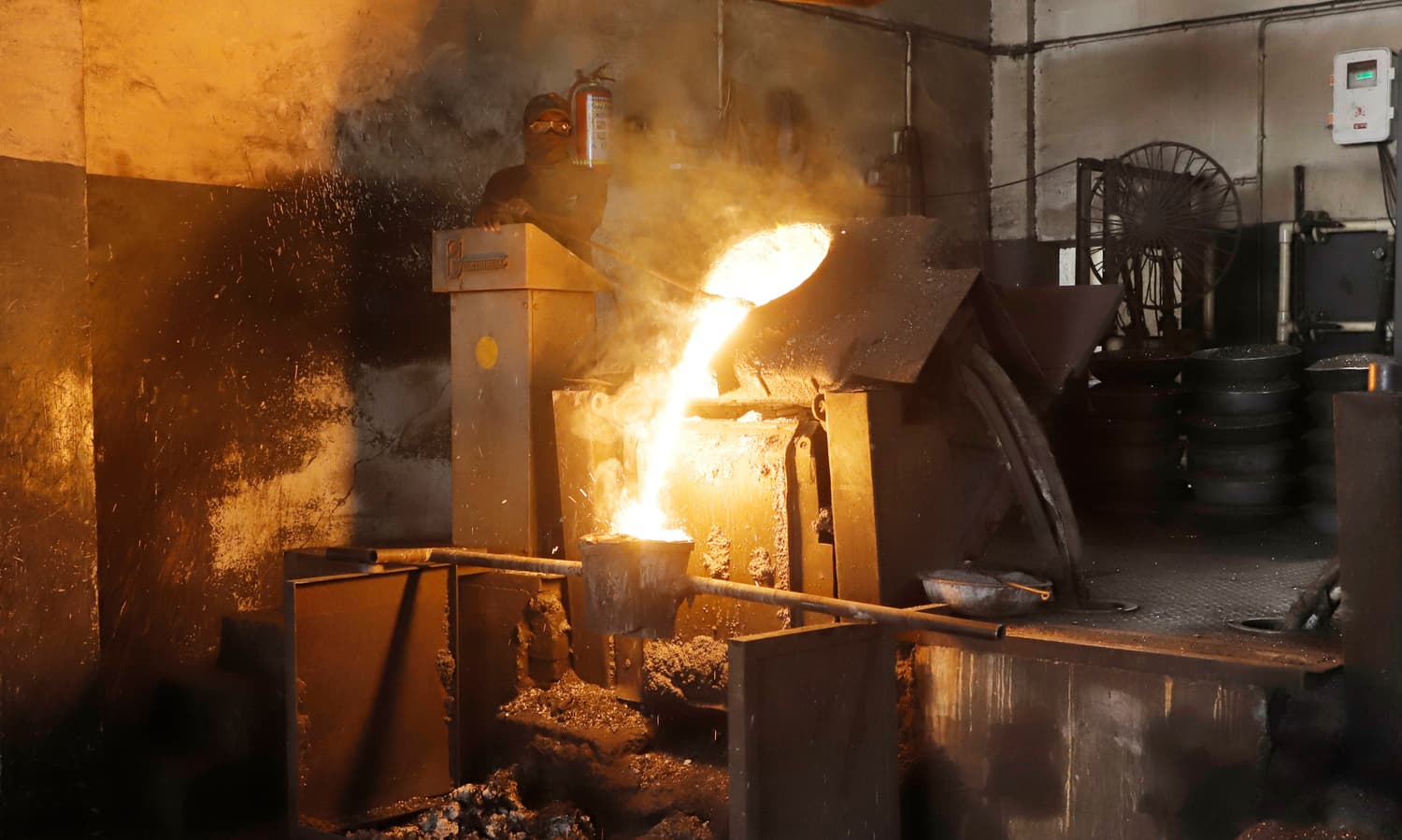Materials Used in Manufacturing Cylinder Liners: A Comprehensive Overview
A cylinder liner is a sleeve where the cylinder of the motor responds. Also, the existence of the motor is reliant upon two fundamental factors to be specific; Abrasion and Corrosion. Abrasion area relies upon the environmental condition and the proficiency of the air channel and oil channel. Also, the corrosion of the liner is caused because of the destructive results of ignition, which are framed in the wake of consuming fuel with air.
Cylinder liners play a critical role in the operation of internal combustion engines, providing a durable and protective surface for the cylinder walls. The materials chosen for these liners are crucial, as they must withstand high temperatures, mechanical stress, and frictional forces while ensuring optimal engine performance.
There are different types of cylinder liners including dry liners and wet liners. Dry liners are made in the shape of a barrel having a flange at the top whereas a wet liner is so-called because the cooling water comes in contact with the liner. Let’s delve into the diverse range of materials utilized in manufacturing cylinder liners:
Cast Iron:
Cast Iron being the most basic and primitive form of Iron is widely used in the manufacturing of Cast Iron because of its exceptional properties like machinability, thermal conductivity, and also it has good ability to retain lubricants. It helps the manufacturers to shape the engine cylinder liner efficiently to any size ensuring the final product doesn’t lose the ability to decrease piston seizures and extensive galling.
Ductile Iron:
Ductile Iron helps and enhances the durability through various treatments. It is made more malleable and resilient than traditional cast iron. It’s highly resistant to cracking under stress and offers improved ductility, making it suitable for engines with higher performance demands.
Aluminium:
Aluminum liners are lighter than iron-based ones and possess decent thermal conductivity. However, their usage might be limited due to concerns regarding durability in certain high-stress engine environments.
Steel:
Engineered steel alloys provide increased strength, heat resistance, and durability. They are often preferred in high-performance engines where robustness is paramount.
Ceramic:
Silicon carbide and similar ceramics offer exceptional hardness, wear resistance, and tolerance to high temperatures. They’re utilised in specialised, high-performance applications where extreme conditions demand superior material properties.
Composite Materials:
Combining different materials like carbon fibre, Kevlar, or fibreglass with resins can yield lightweight yet sturdy liners. These composites offer a balance between strength, heat resistance, and weight reduction.
Surface Treatments:
Some liners receive surface coatings like plasma spray coatings or thermal spray coatings. These coatings enhance properties such as hardness, wear resistance, and reduce friction for improved efficiency.
Thermal Conductivity and Expansion Rates:
Matching the liner material’s thermal conductivity and coefficient of thermal expansion to the engine block is crucial. This prevents issues like differential expansion, ensuring a tight seal and proper functioning.
Reusability and Recyclability
Material selection might also consider reusability and recyclability to align with eco-friendly manufacturing practices and reduce environmental impact.
Considerations in Material Selection:
- Engine Design: Different engines may require specific materials based on their operational characteristics and demands.
- Performance Requirements: High-performance engines necessitate materials that can withstand intense stress and heat.
- Cost and Manufacturing Processes: Material choice often depends on cylinder liner price, its cost-effectiveness, and feasibility of manufacturing.
Conclusion:
The choice of material for cylinder liners is a nuanced decision, often involving a balance between performance, durability, cost, and manufacturing constraints. Manufacturers might employ a combination of materials or surface treatments to optimise properties like wear resistance, thermal conductivity, and longevity, catering to the diverse needs of various engine types.
Understanding the role of these materials in cylinder liner manufacturing is fundamental to advancing engine technology, ensuring longevity, performance, and efficiency in the realm of internal combustion engines.

